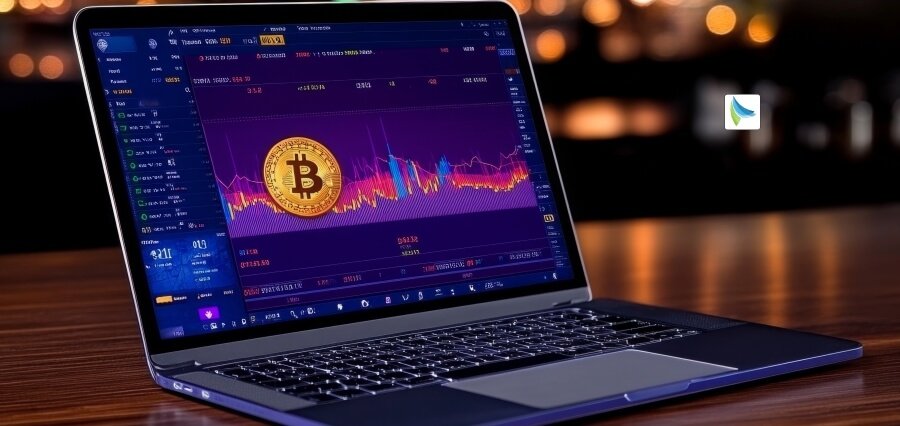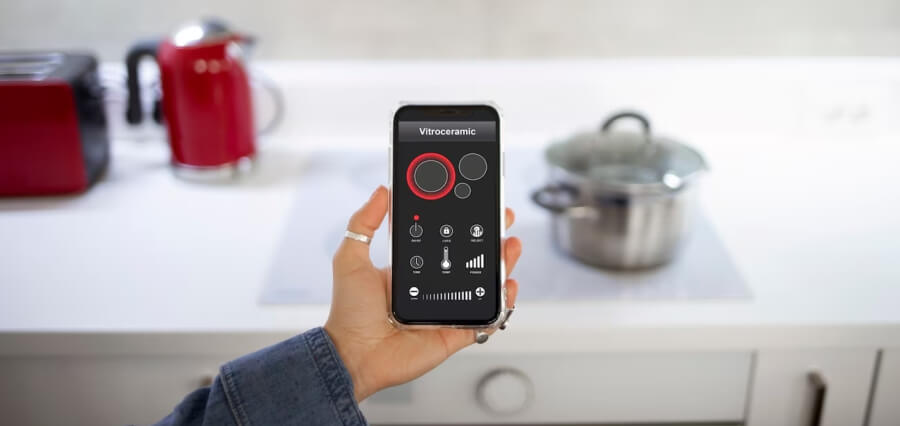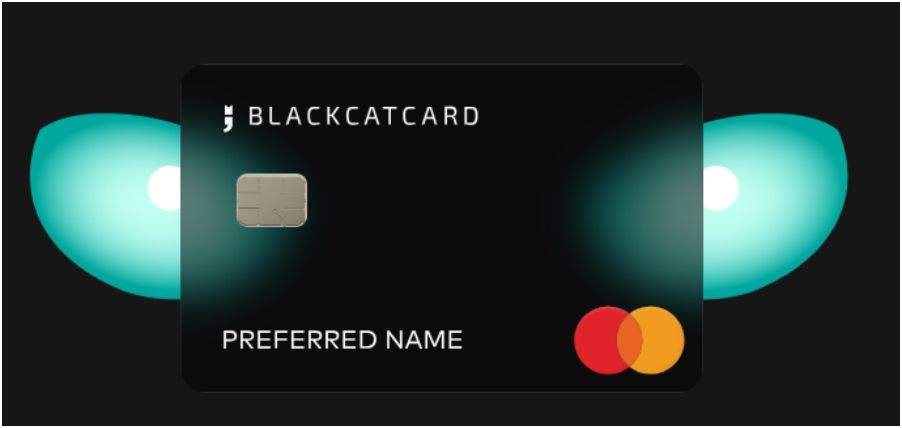The kitchen is the heart of the home and incorporating smart technology and energy-efficient solutions during a renovation can significantly enhance its functionality, convenience, and sustainability. This guide explores how to integrate these modern features into your kitchen renovation, offering practical tips and insights to help you create a state-of-the-art and eco-friendly kitchen.
The Benefits of Smart Technology and Energy Efficiency
Enhanced Convenience
Remote Control: Smart appliances can be controlled remotely via smartphones, allowing you to manage your kitchen even when you’re not at home.
Automation: Automated systems can streamline daily tasks, such as preheating the oven or brewing coffee at a specific time.
Increased Energy Savings
Reduced Energy Consumption: Energy-efficient appliances use less electricity, lowering your utility bills.
Sustainability: Lower energy consumption means a reduced carbon footprint, contributing to a more sustainable lifestyle.
Improved Functionality
Precision and Control: Smart technology offers precise control over cooking temperatures, timers, and settings, enhancing the cooking experience.
Enhanced Safety: Smart sensors can detect issues like gas leaks or overheating, providing alerts to prevent accidents.
Smart Kitchen Appliances
Smart Refrigerators
Features: Smart refrigerators come with features like touchscreens, internal cameras, and voice control. They can create shopping lists, suggest recipes, and monitor food freshness.
Energy Efficiency: Look for models with high Energy Star ratings to ensure low energy consumption.
Smart Ovens and Cooktops
Remote Operation: Preheat your oven or adjust cooktop temperatures from your smartphone.
Cooking Assistance: Some models offer guided cooking, step-by-step recipes, and automatic temperature adjustments.
Energy Efficiency: Choose induction cooktops, which are more energy-efficient than traditional gas or electric stoves.
Smart Dishwashers
Customizable Cycles: Smart dishwashers allow you to select and customize wash cycles based on load size and dirt level.
Remote Monitoring: Receive notifications when the cycle is complete or when detergent is low.
Energy Efficiency: Energy-efficient dishwashers use less water and electricity, especially those with Eco modes.
Energy-Efficient Solutions
LED Lighting
Under-Cabinet Lights: Use LED strip lights under cabinets for task lighting. They consume less energy and have a longer lifespan than traditional bulbs.
Smart Lighting Systems: Integrate smart lighting that can be controlled via apps or voice commands, allowing you to adjust brightness and color temperature.
Energy-Efficient Windows and Insulation
Windows: Install double or triple-pane windows with low-E coatings to improve insulation and reduce energy loss.
Insulation: Ensure walls, floors, and ceilings are well-insulated to maintain a consistent temperature, reducing the need for heating and cooling.
Integrating Smart Technology and Energy Efficiency
Smart Thermostats
Temperature Control: Smart thermostats can learn your schedule and adjust the temperature accordingly, ensuring energy is not wasted when the kitchen is not in use.
Zoning: Create temperature zones within your home to direct heating or cooling only to areas in use, improving overall energy efficiency.
Smart Plugs and Outlets
Energy Monitoring: Use smart plugs to monitor the energy consumption of your kitchen appliances and identify high-usage devices.
Remote Control: Turn off appliances remotely to save energy and enhance safety.
Planning and Implementation
Assess Your Needs
Functionality: Determine which smart appliances and energy-efficient solutions will benefit your kitchen the most based on your cooking habits and lifestyle.
Budget: Set a budget for your renovation, prioritizing essential features and considering long-term savings on energy bills.
Design and Layout
Space Optimization: Plan the layout to ensure easy access to smart appliances and efficient workflow. Consider the placement of outlets and smart devices for seamless integration.
Aesthetics: Choose designs and finishes that complement your kitchen’s style while incorporating modern technology.
Installation
Professional Help: Hire experienced professionals for the installation of smart appliances and energy-efficient systems to ensure they are set up correctly and safely.
Integration: Ensure all smart devices are properly connected to your home network and that you understand how to operate them.
Final Touches
Smart Home Assistants
Voice Control: Integrate smart home assistants like Amazon Alexa or Google Home to control kitchen devices with voice commands.
Routine Automation: Set up routines for tasks such as turning on lights, starting the coffee maker, or adjusting the thermostat at specific times.
Monitoring and Maintenance
Regular Updates: Keep your smart devices updated with the latest firmware to ensure optimal performance and security.
Energy Audits: Conduct periodic energy audits to identify further opportunities for improving efficiency.
Conclusion
Incorporating smart technology and energy-efficient solutions into your kitchen renovation can transform the space into a modern, convenient, and sustainable hub of your home. By carefully planning and implementing these features, you can enjoy enhanced functionality, lower energy bills, and reduced environmental impact. Embrace the future of kitchen design with these innovative solutions and create a space that is as efficient as it is elegant.














